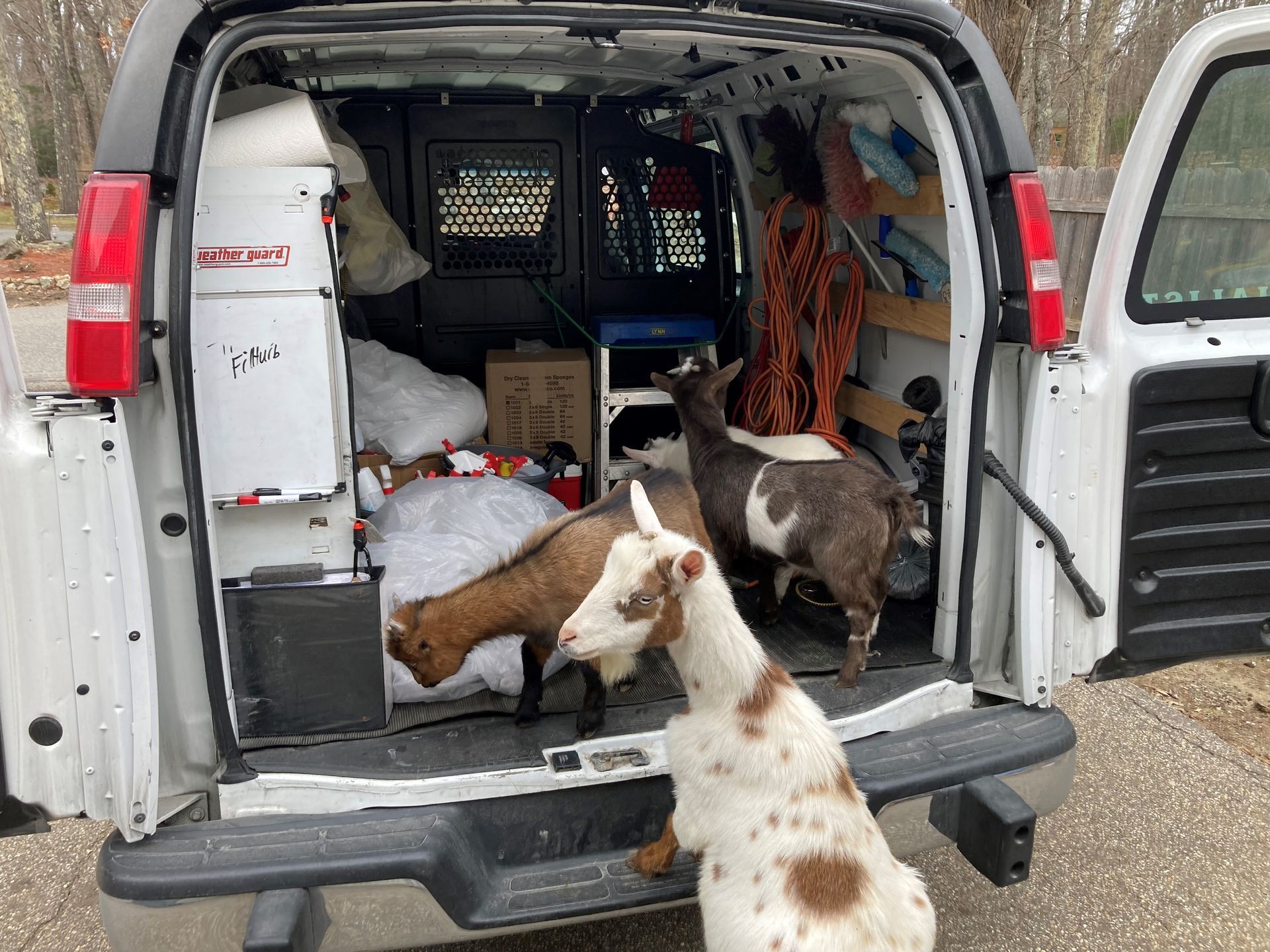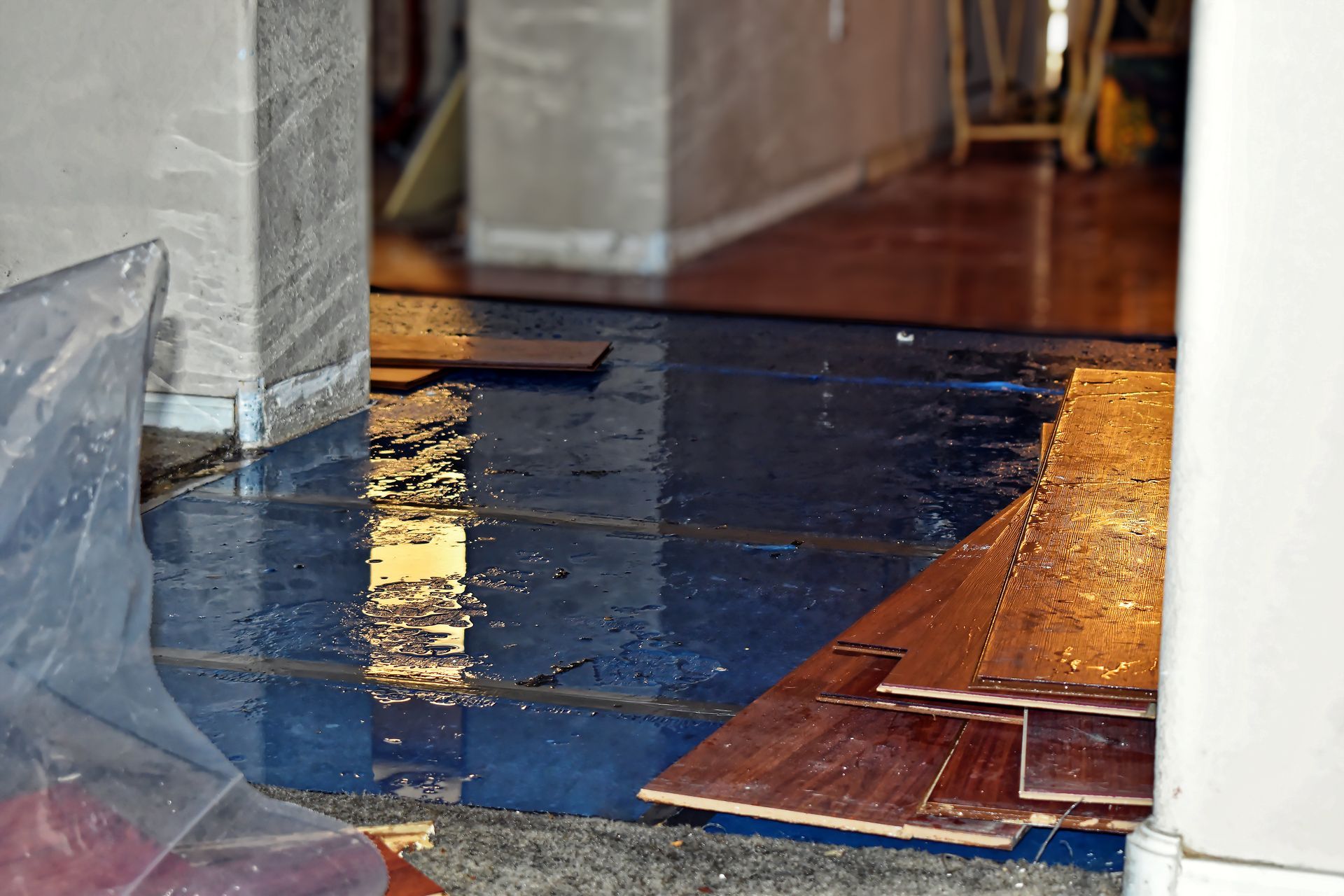DAY OR NIGHT EMERGENCY RESPONSE! 508-529-4505
7 Steps to Take After Discovering Mold in Your Home
Important Steps After Discovering Mold in Your Home
If you recently discovered mold in your house, it’s highly likely you’re looking for some kind of advice on how to deal with it.
In humid, poorly ventilated locations or places with organic matter, mold can grow. Mold easily reproduces, making it rather difficult at times to get rid of.
Prolonged exposure to high levels of indoor moisture and mold can impair lung function, contribute to chronic respiratory diseases, or cause general throat discomfort and nasal congestion. It’s especially dangerous for those who have asthma or allergies as their existing symptoms can become more severe.
Not to worry. You’ll overcome this, though it may take some time. The goal is to first get rid of the mold and then educate yourself about how to prevent it from returning.
Keep reading. We’ll discuss the most important steps to take after discovering mold in your home:
See a doctor
Some people may have health problems from mold exposure. Although mold spores are constantly present in the air we breathe, significant mold pollution can have negative health effects.
Visit your doctor and let him know if you’ve had mold in your house, particularly if you’re experiencing any persistent ailments such as headaches, sore throat, and other allergy symptoms. Serious mold infections are relatively uncommon and mostly affect those with already weakened immune systems.
Do not hesitate to inform your doctor about your situation. They’ll be better able to treat you if they’re knowledgeable about the mold.
Find the cause
Determine what caused the mold. Throughout the cleanup, so that the mold won’t reappear. For example, if a leaky pipe or roof allowed water buildup which then led to the mold, hire a contractor or fix the problem yourself. If the cause of mold is due to poor ventilation, then ensure that in the future affected rooms are properly aired out, by opening windows or using a fan.
Mold is typically easy to spot. Obvious discoloration is usually visible, but in cases where it’s not, you may need to get a test kit or hire a professional. You also may want to have the mold tested to figure out what type it is, though this step is optional.
Talk to your insurance company
Get in touch with your insurance before starting the removal process to find out if removal is covered. Depending on what caused the mold, it’s frequently the case that you’ll be able to get at least some amount of money for the clean-up.
To be covered by insurance, for example, the mold usually has to have resulted from an unexpected or unintentional cause such as a burst pipe or damaged water heater. Be aware though, that most insurers only cover the mold damage itself and not the issue that produced the mold, the broken water heater, for example.
Mold resulting from carelessness, or a lack of routine maintenance is often not covered by home insurance plans.
Remove mold yourself if possible
Given that the mold spores may impact the air quality in your house, it’s crucial that you get rid of the mold as soon as you see it. Sometimes it makes sense to take care of a mold issue in the home on your own. However, there are situations when it’s vital to hire a specialist who’s skilled in mold removal.
You can remove it yourself if there’s very little mold present or if the surfaces that the mold develops on are simple to clean (such as tile, metal, or glass). Also, if you can simply remove and replace something effected by the mold, such as a carpet or a couch, then it will be simpler overall to deal with the issue yourself.
If you do end up doing the cleaning yourself, make sure to use the proper safety precautions and equipment. Wear rubber boots, gloves, and goggles to protect yourself from any spores, and always dispose of any moldy materials.
When cleaning a hard surface, you can use a solution of just regular soap and water, or you can combine a gallon of water with a one cup of laundry bleach. If using bleach, always adhere to the manufacturer's recommendations or combine it with other home cleaners such as ammonia; otherwise it can create a dangerous gas.
Hire a professional
In some circumstances, it's preferable to get assistance from a mold removal specialist. Self-cleaning mold is generally not a good idea if there’s a lot of it (typically larger than three by three feet), if it’s growing within your walls, or if your HVAC system has been affected by it. Most people simply lack the necessary knowledge to handle these situations appropriately.
It’s also a good idea to contact a professional if you have mold issues following a flood, as the mold may contain other potentially dangerous elements such as sewage.
People who have previous medical conditions such as severe allergies, issues with their immune systems, or asthma are also advised not to be in prolonged contact with mold as it can worsen their condition.
Make sure you choose a reliable and trustworthy company as this is an important issue to have handled correctly. To establish the severity of the infestation, the specialist will thoroughly investigate your property. Make sure the expert provides you with a written report.
Test the air
Mold can unfortunately be quite stubborn and stick around even when you think it’s all gone. Once the mold has been removed, have someone check the air in order to make sure the mold levels are appropriate, especially if you removed it yourself.
Prevent future mold
In order to control mold, lowering the humidity in your home is the first and most crucial step. Mold can only develop when there’s excessive moisture. A hygrometer may be used to measure your relative humidity.
Give your house a complete inspection to find any problems that might lead to future mold growth. Fix any issues as quickly as you can or hire a professional if you’re unable to do so.
Here's a few tips that you can do yourself to prevent mold:
Fix all the leaks
Never wait to address a leak or drip once you see one. If you can, fix it immediately. If not, hire a plumber to take care of it for you. Look underneath and around all sinks, toilets, and bathtubs for any signs of water leaks.
Increase ventilation
Make sure there’s enough ventilation, especially in situations where a lot of moisture is produced such as with bathing or cooking.
Open a small window or switch on an exhaust fan while the shower runs or in the kitchen while you’re cooking. Afterward, to assist in the elimination of the moisture and humidity, leave the fan on or the windows open for 30 minutes. Doing this will stop any remaining moisture from causing mold to develop on the walls. You might need to install an exhaust fan in the bathroom if it doesn't already have one.
Towels and rugs should be washed often
Because places of high moisture are where mold develops, it makes sense that towels, rugs, and even shower curtains can be prime targets. This is even more likely if they don’t get washed regularly. Attempting to wash them on a weekly basis is a good goal.
Clean your gutters
Leaves can develop mold if left moist for a long time. This mold can then leak into the attic and wreak havoc. To prevent this, clean your gutters regularly.
Conclusion
Mold is an issue no homeowner wants to deal with, as mold is known to cause all manner of health issues and cost a lot of money in clean-up.
At Craftech, without compromising the security of your home or place of business, we’ll work with you to find the most cost-effective solution.
We only charge for the work that’s absolutely necessary, and if we discover that we require fewer materials or less labor than anticipated, we’ll adjust our quotes accordingly.
If you’re experiencing the effects of mold damage, don’t hesitate to give us a call.
Craftech Restoration Blog




